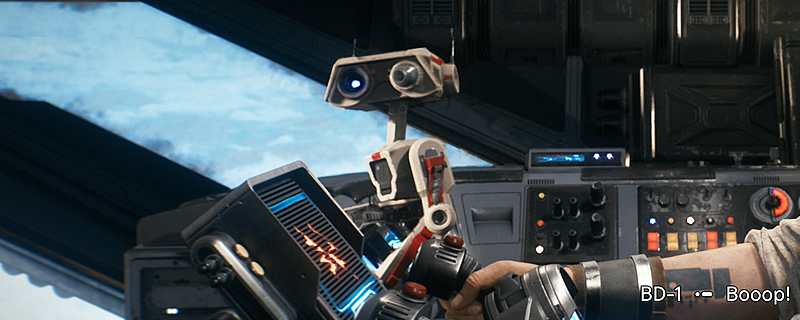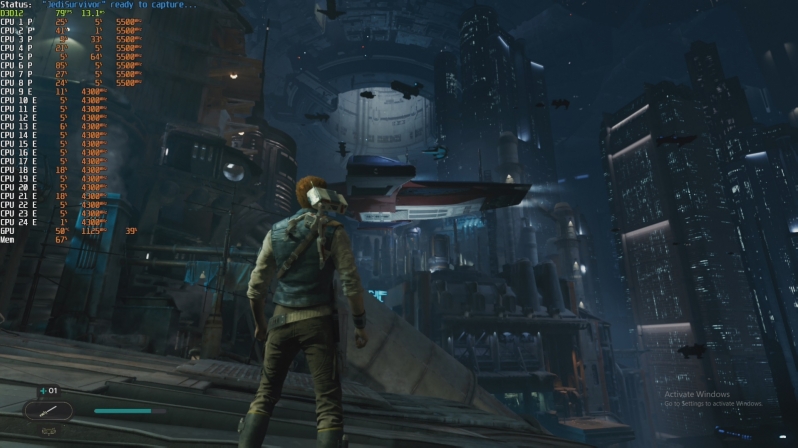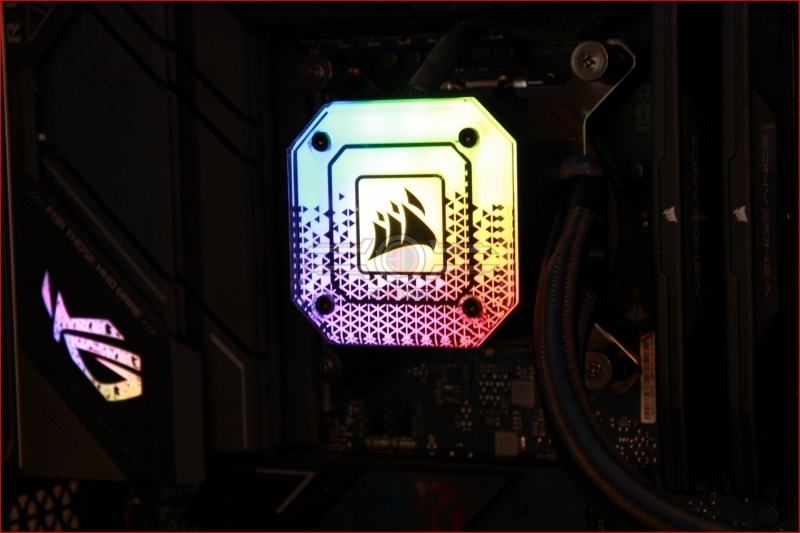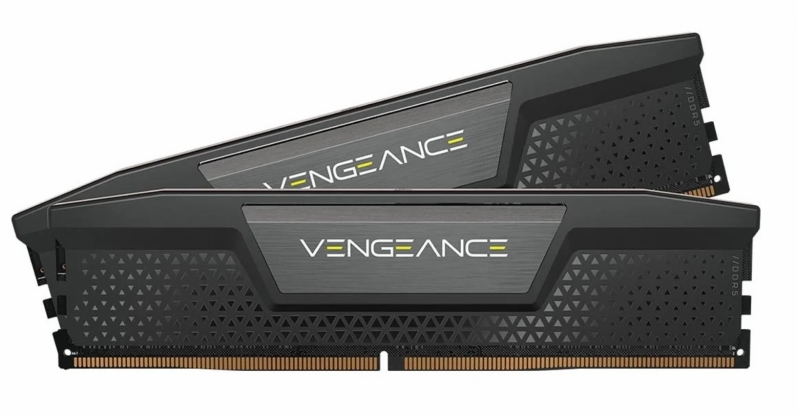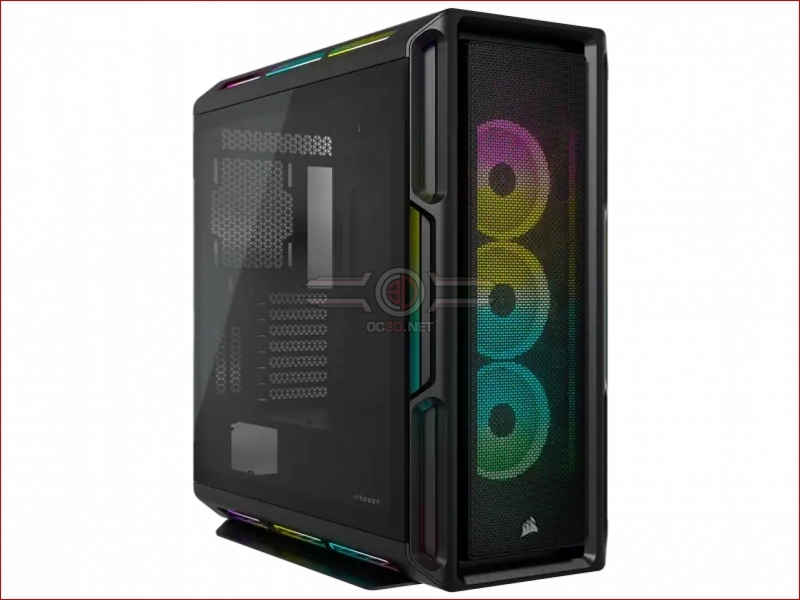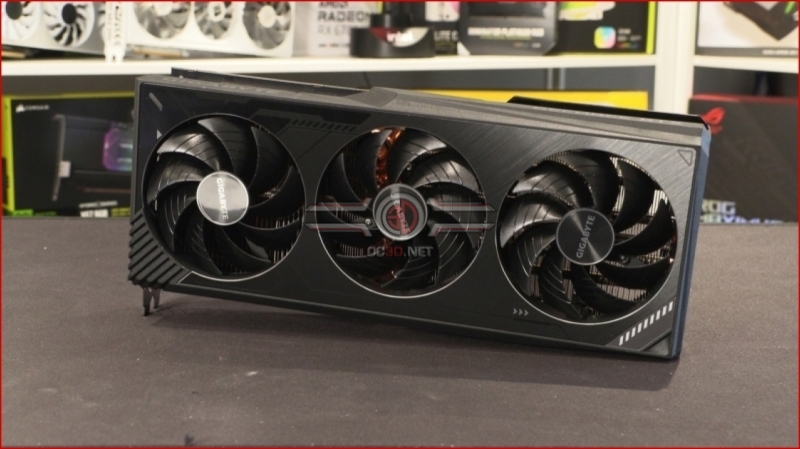Star Wars Jedi Survivor Tested – Huge performance gains with PC Patch 3.5
Star Wars Jedi: Survivior – Another poor PC port, but it is getting better
2023 has been a bad year for PC gamers, with most new AAA games arriving with a myriad of issues when it comes to both performance and framerate stability. The Last of Us Part 1, Forspoken, Dead Space, and Hogwarts Legacy all launched with issues on PC, and Star Wars Jedi: Survivor has become the newest game to be added to this list of problematic PC releases.Â
We hoped to release our analysis of Star Wars Jedi: Survivor earlier, but patch 3.5 arrived to quickly invalidate a lot of our testing and bring some much needed CPU-related performance improvements to the game. This required a lot of retesting, though it does allow us to give you some before and after performance comparisons.Â
In this article, we will be looking into the PC performance of Star Wars Jedi: Survivor, give you some settings suggestions, and detail what EA and Respawn Entertainment needs to focus on with their future patches for their game. Patch 3.5 is a huge step in the right direction, but further improvements are needed.
Review Contents
– Shader Compilation Stutters – A Huge Problem
– CPU Performance – Patch 3.5 delivers huge performance gains
– Loading stutters – Jedi Survivor’s other huge problem
– GPU Performance – 1080p to 4K
– Memory Scaling – DDR5-4800 to DDR5-6000
GPU Drivers
Since we are primarily testing Star Wars Jedi: Survivor with Gigabyte’s RTX 4090 Windforce graphics card, we will be running this GPU with the newest GeForce drivers that are available for the graphics card. This driver is Nvidia’s GeForce 531.68 WHQL driver for Windows 10/11
Test Setup – New Test Rig
Starting today, OC3D will be conducting new game testing and GPU reviews on a new test system. Thanks to Corsair, Intel, and ASUS, we have created a new testing system that will allow us to properly test new graphics cards and the newest PC releases. This system features Intel’s i9-13900K processor and a ROG Strix Z790-F Gaming motherboard, with all other components coming from Corsair.Â
Our new test system is powered, cooled, and operated using Corsair components. The OS we will be using is Windows 11, and the case we will be using is Corsair’s airflow-optimised iCUE 5000T. We will be diving deeper into the hardware selection for this new gaming system with a future article, and you can expect to see this system in all of our future GPU and game reviews.
System Specs
Below are the full specifications of our new GPU/Games testing system, as well as links to all of the components that we used. Â
OC3D GPU/Games Test System Specifications (Affiliate Links below)
CPU – Intel i9-13900K
Cooling – Corsair iCUE H150i Elite CAPELLIX XT
Motherboard – ASUS ROG Strix Z790-F Gaming WiFiÂ
Memory – Corsair Vengeance 2x16GB (32GB) DDR5-6000 CL36 Memory
Storage – Corsair MP600 PRO NH 2TB PCIe 4.0 SSD
Case – Corsair iCUE 5000T RGB
Power Supply – Corsair HX1500i
OS – Windows 11
GPU Used
For today’s testing we will be using Gigabyte’s RTX 4090 Windforce. We would have liked to have tested more graphics cards, but EA’s draconian DRM limitations have prevented us from testing a variety of graphics cards. Too many hardware changes, and PC gamers are locked out of their game for 24 hours. EA, that is not a nice way to treat paying customers, and a guaranteed way to prevent sites like ours from benchmarking your games in future hardware reviews.Â



